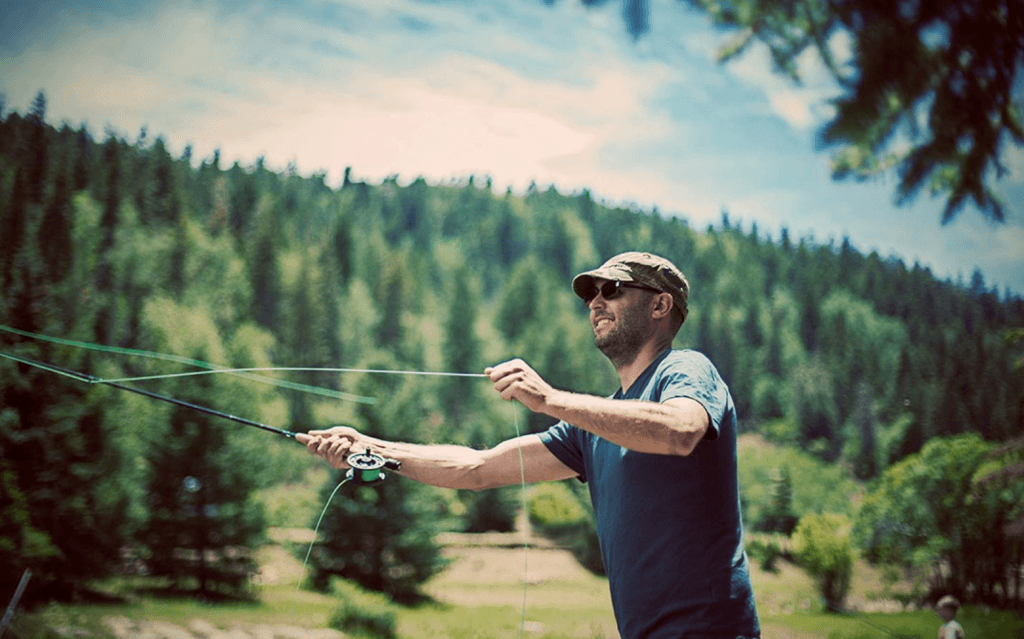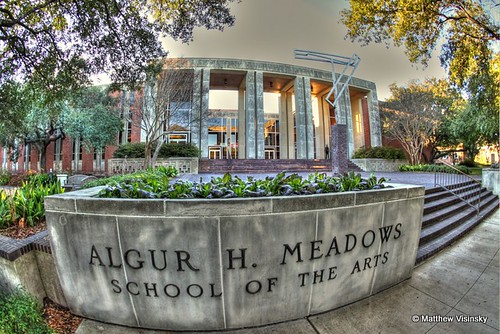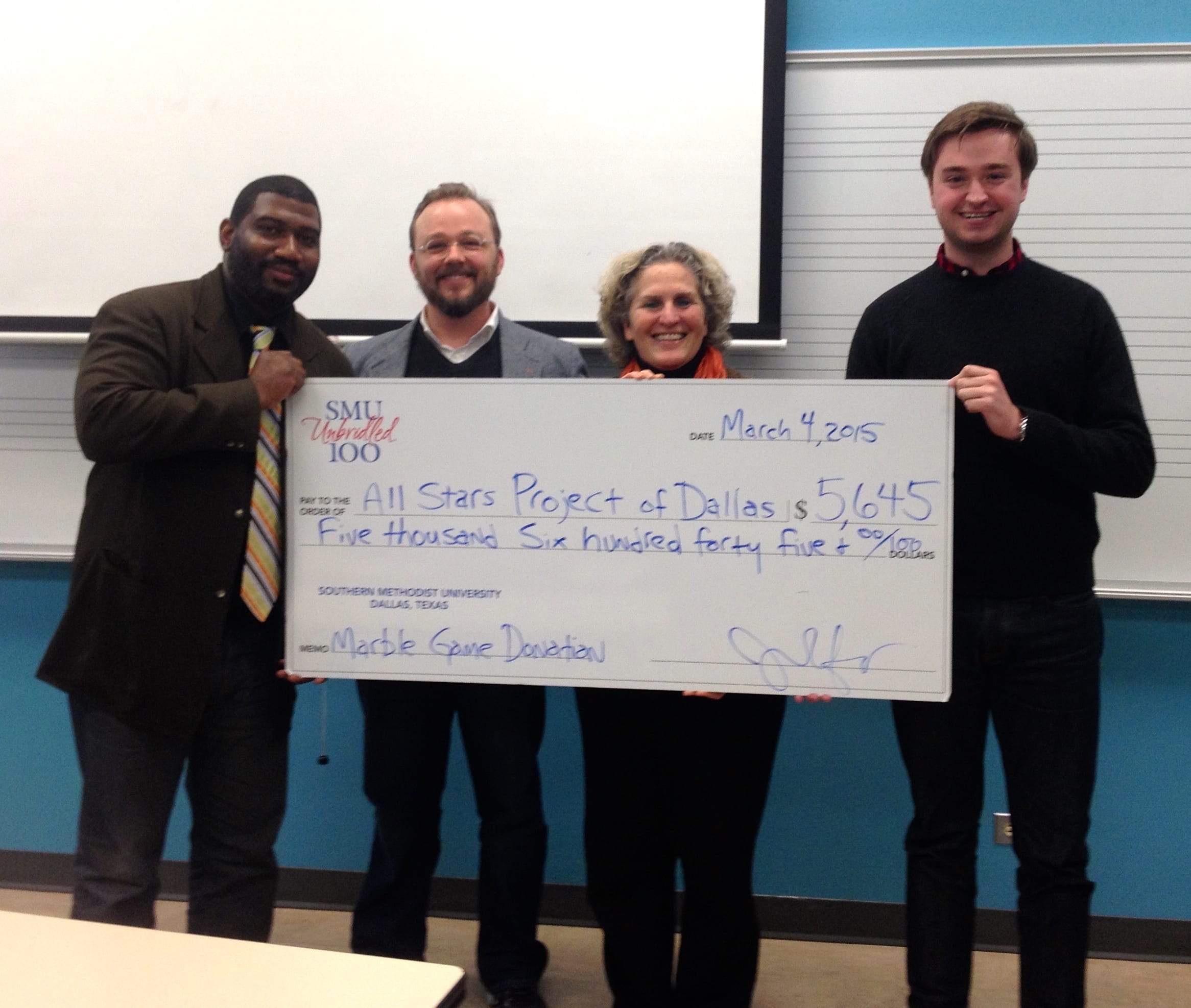Jeremy Enlow: Jeremy Enlow Fine Art Photography and Steel Shutter Photography
Jeremy Enlow is an advertising, media, and fine arts photographer based in Fort Worth, Texas. He is the owner and founder of both Jeremy Enlow Fine Art Photography and Steel Shutter Photography. I chose to interview Jeremy because, after shadowing him on photo shoots on numerous occasions, I learned that he is not only a talented photographer but has created a very successful business.
Jeremy did not have a business plan when he started his businesses because he said he feels business plans aren’t necessary unless you are seeking a loan for your business. However, because he didn’t have a business plan, he determined early on how many billable days and the day fee that he would set so he could cover his expenses while making a profit. Jeremy also had several pieces of advice specifically relevant to me starting my own photography business. According to Enlow, it is important to never shoot for free for a client, unless it is a personal project. It is necessary that if you are handing over files to a client to use that they pay you before you give them the files. Jeremy emphasized that one of the most important things to remember was to accumulate the gear necessary and build a client base before quitting one’s day job—going out into the unknown of starting a business. It is important to remember that other photographers are always going to make better photos than you and you have the give the client a reason to pick you over the competition.
I finished the interview by asking Jeremy what the hardest part of starting his own business was. He said that the reality is that the creative part is about 25% of your time, 75% of your time is spent on the business side—invoicing, taxes, meetings, marketing, networking, researching, etc. One has to make sure that they don’t let that take over the business side or they can lose the time that is necessary to actually photograph. Jeremy added that at the end of the day when you make a good photo and see others enjoy it, all the cumbersome business work is all worth it.
Allison V. Smith owner of Allison V. Smith Photography 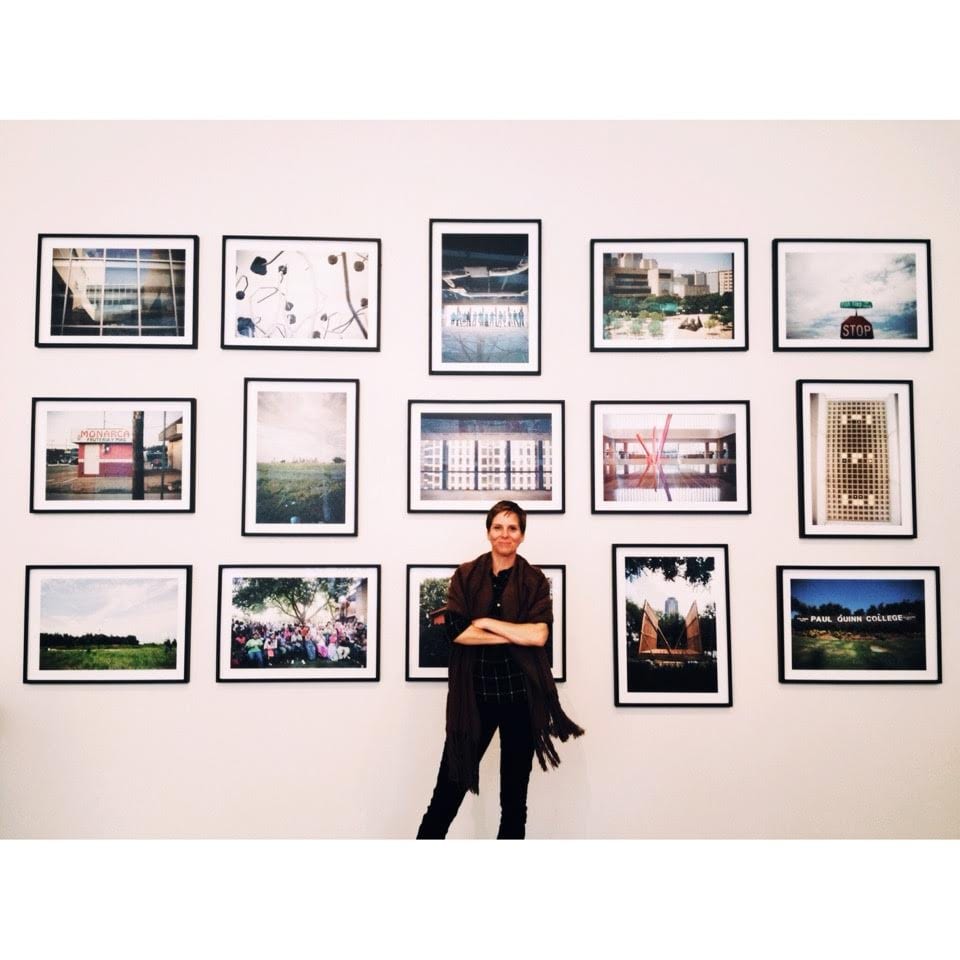
Allison V. Smith is an incredibly skilled photographer that worked as a photojournalist for 7 newspapers over 15 years after graduating from SMU with a degree in journalism. However, in 2004 Allison left the Dallas Morning News to pursue freelance photography for editorial clients and fine art photography. Some of Allison’s clients include: Texas Monthly, The New York Times, Nasher Sculpture Center and Le Monde Magazine. I chose to interview Allison because she has served as a mentor to me as I am navigating the photography world.
When Allison started Allison V. Smith Photography as a freelance photographer, she did not have a formal business plan. Allison said that because of her 7 years of experience at Dallas Morning News as a photographer, she felt comfortable in her knowledge of the field and had been able to save enough money for 6 months of living before leaving to become her own boss.
However, Allison did say that while she doesn’t think business plans are necessary for entrepreneurship, it would certainly help one figure out how to start. Especially, she said, someone who does not have a great amount of experience in the field and professional world, could benefit by using a business plan.
Allison said that when starting a business, and more specifically a photography business, one of the most important things to remember is to be yourself. There are millions of people attempting to do the same thing—start a photography career—and the only way to separate yourself is to be yourself. In addition to this, Allison has learned in her experience that being a freelance photographer is a rollercoaster and one has to make sure they are constantly on top of their photos, assignments, archives, client relations, and invoices. While staying on top of business it is also important to stay connected. Allison suggests that one should get to know other photographers, artists, creatives, and musicians in one’s community because one can learn from those other crafts.
I finished my interview with Allison by asking her what the hardest part of starting a business was and she said getting people’s attention and letting them know you are out there. It is crucial to have a great website and portfolio because in order to have a successful business, you have to get people to look at you—and that is the hardest part.
Claire McCormack Hogan: Owner of Claire McCormack Photography 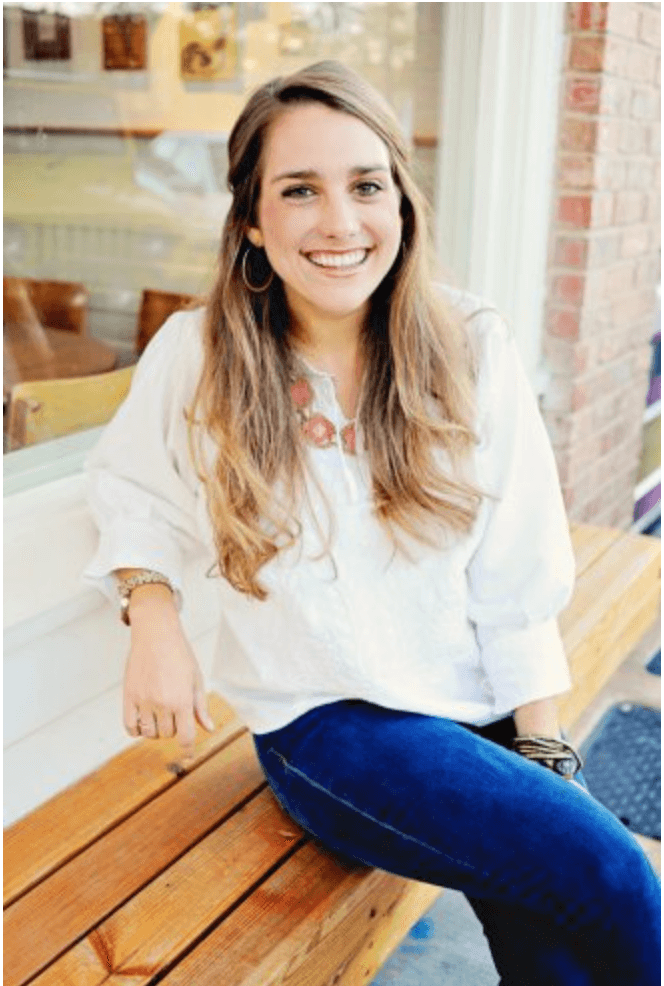
Claire McCormack Hogan is a commercial food photographer based in Texas, representing clients in Dallas, Austin and the Hill Country. In 2008 Claire graduated from SMU with a degree in Communications and has continued to be a very successful photographer. Her clientele includes: FIJI Water, Architectural Digest, Superbowl XLV, The Ritz Carlton, Maggiano’s Little Italy, The Big 12 Conference, Cowboys & Indian’s Magazine and more. I chose to interview Claire because she has been both a mentor and an inspiration to me for years. She is a large reason as to why I became interested in starting my own photography business.
When Claire started her business she did not have a formal business plan, and said that at the time she started, it was on a whim. She was young and a year out of college. She explained starting and building her business on a trial and error basis, except for her legal matters, she tried and grew out of different business models and then would try again. When it comes to entrepreneurship, Claire feels that business models are important but that as an artist, it’s hard to not feel constricted by a traditional, structured business model. However, she did say that once she had established her business model her business became much more efficient.
Claire said that one of the most important things one has to remember when starting a business is to keep it simple. If one spends too much of their time caught up in unorganized paperwork for their business, then one will lose their art because they don’t have the proper amount of time to devote to their art. But with the business side it is extremely important to organize everything and make sure that one’s business is completely separate from one’s personal affairs. She explained and she has a separate bank account for her business, which is very helpful, and added that first one has the business and secondly they are the artist. It is important to remember this because if one can’t run their business then no one will find them, no one will pay them and no one will hire them for their work.
I finished the interview by asking what the hardest part of starting her own business was and she said it was a combination of not knowing what one is doing in the business world, but also trying to have the confidence to present oneself as an artist. At the end of the day there isn’t a blueprint for how one’s business will end up working but the most important thing is to be confident in your artistry.
Analysis
Conducting these interviews I learned and obtained a great amount of wisdom and knowledge about what it is like to start a business. Specifically, to start a photography business. I found it interesting that in all of the three interviews, none of the creative entrepreneurs used business plans when starting their businesses—they all had different tactics. I found that if I didn’t use a business plan to start my company then I would most likely go about starting a business in the way that Claire McCormack did. However, even though none of them used business plans, I think having a business plan provides structure and stability that I would need when starting.
I felt that the advice the three entrepreneurs supplied was all extremely helpful and it provided me with a lot to think about. When it comes to the business aspects of running a company, it was interesting to hear that one of the most important things is to make sure that a client follows through with payment and that one has the business first and is the artist second. I have always been under the misconception that my claim as an artist is the most important thing. But in reality, running a successful and professional business is what will help my art stand out to clients. I have to remember that in it all—in my business plan, in organizing photos, working with clients—that I need to keep it simple. Staying organized and making sure all my business aspects run smoothly and in a simple manner will make my life easier and my business more successful.
I also found it interesting that it was suggested by Allison for me to connect with other artists because having discussed that in class it is interesting to see that it is taking place in the real world with actual entrepreneurs. One piece of advice that I related with more than any other was that one of the most important things is confidence. It is something I will need in order to be successful as an artist and as an entrepreneur. I have to be confident in presenting myself as an artist to clients and I have to be confident in my business and its ability to stand among the competition.
Across the three interviews, all of the entrepreneurs advised me to make sure that my business matters are in order and that I am running it in the way that works for me but that is professional—and simple. Among all the information I learned and gathered from these interviews, I think that is something I will take away and implement in my business. Conducting these interviews was extremely helpful and they all taught me more than I expected about what I should know and expect when starting my own business.


